Why Movement Belongs in Your AP Study Plan
If you’re buried under review packets, practice exams, and annotated textbooks, you might assume the healthiest path to AP success is pure, uninterrupted studying. That’s a myth—and a costly one. Movement, from brisk exercise to the small fidgets we barely notice (scientists call that NEAT: Non-Exercise Activity Thermogenesis), doesn’t just keep your body healthy. It sharpens attention, cements memory, reduces stress, and makes long study sessions more productive.
Think of learning as a chemical and electrical process that thrives on oxygen, blood flow, and well-regulated arousal. Move the body a little, and your brain’s environment changes: neurotransmitters shift, blood vessels dilate, and circuits that encode memory become more receptive. For busy AP students, that means smarter study time and better recall on test day—not just another thing on your to-do list.
Quick snapshot: Movement benefits for the student brain
- Improves attention and reduces mental fatigue during long review sessions.
- Supports consolidation of memories after learning (especially when timed correctly).
- Reduces anxiety and the physical symptoms of stress before exams.
- Creates simple behavioral cues that help build consistent study habits.

NEAT Explained: Why Tiny Movements Matter
NEAT stands for Non-Exercise Activity Thermogenesis. It’s the energy you burn from small activities: pacing while memorizing a list, doodling, tapping your foot, walking to a friend’s locker, or even standing instead of sitting. Unlike an intense 45-minute workout, NEAT is low-effort, frequent, and woven into daily life. But because it’s constant, it adds up—and its effects on cognition are surprisingly powerful.
For AP students, NEAT is a secret weapon. It helps prevent the sluggishness that accumulates after long periods of sedentary reading. When you incorporate little movements throughout your study blocks, you keep blood flowing to the brain, preserve alertness, and create small resets that make the next 20–30 minutes of concentrated work more effective.
Examples of NEAT for study sessions
- Pacing for five minutes while orally reciting key formulas or dates.
- Standing during video lessons or while annotating flashcards.
- Using a timer to prompt a 2-minute walk around the room every 30 minutes.
- Replacing a chair with a balance cushion or standing desk for portions of your review.
How Exercise and NEAT Affect Memory and Focus: Practical Science for Students
You don’t need a lab degree to translate the science into better study habits. Here are practical, research-informed principles that every AP student can use.
1. Timing matters: When to move for maximum memory
Movement before a study block increases alertness and primes attention. Short bursts of activity—think 10 minutes of brisk walking or dynamic stretches—can make your initial encoding of new material cleaner. Movement after studying, especially light aerobic activity, helps with consolidation: it’s like tucking your learning into the brain’s long-term storage.
Practical tip: Spend 8–12 minutes warming up with motion before tackling a new topic. After an intense 30–40 minute study sprint, take 10 minutes to move—this helps cement what you just learned.
2. Intensity and duration: Don’t overcomplicate it
High-intensity training has benefits, but for studying you don’t need to max out. Moderate-intensity activities—brisk walking, cycling, jumping jacks—are ideal because they raise heart rate just enough to improve blood flow and release helpful neuromodulators without leaving you drained.
Practical tip: A 20-minute brisk walk or a 10–15 minute bodyweight circuit fits well into study schedules and gives measurable cognitive boosts.
3. Short breaks beat endless sitting
Pomodoro-style techniques (25 minutes work, 5 minutes break) are effective because they force micro-movement. Even a 5-minute mobility sequence—neck rolls, shoulder circles, hip swings—restores alertness and reduces the tension that accumulates during long reading sessions.
Study-Integrated Movement Routines for AP Students
Below are targeted micro-routines designed to pair with specific study activities. Use them as templates you can customize.
Routine A: Active Encoding (Before learning a tough topic)
- 3 minutes: Deep breathing and shoulder mobility to oxygenate and reduce tension.
- 7–10 minutes: Brisk walk or light jog; mentally preview the scope of the chapter you’ll study.
- 1 minute: Quick stretch, then sit to study with focused intention for 30–40 minutes.
Routine B: Micro-Movement Pomodoro
- Study 25 minutes (active reading, practice problems).
- Break 5 minutes: stand up, march in place, do 20 slow squats, take 3 deep breaths.
- Every fourth cycle, take a 15–20 minute movement break (walk outside if possible).
Routine C: Consolidation Walk (After a heavy review)
- Walk briskly for 15–20 minutes while mentally rehearsing key ideas; avoid looking at screens.
- Use this time to turn facts into stories—narrative rehearsal strengthens retention.
How to Build a Movement-Friendly Study Week
Consistency beats intensity. A movement-friendly study week balances concentrated study time with daily activity patterns that keep your brain optimized.
| Day | Study Focus | Movement Plan | Why It Works |
|---|---|---|---|
| Monday | New Concepts (Chemistry) | 10 min pre-study walk; 3 Pomodoro cycles with 5-min active breaks | Primes attention and reduces initial resistance to hard material |
| Wednesday | Practice Exams (AP Bio practice sections) | 30-min cardio after practice; light stretching during breaks | Enhances consolidation and stress recovery after intensive testing |
| Friday | Flashcard Review (APUSH facts) | Stand-and-recite; pace through flashcards for 20 minutes | NEAT-style rehearsal boosts active recall |
| Weekend | Deep Review & Synthesis | Longer hike or bike ride plus one focused study sprint | Combines mental rest with physical endurance—great for long-term memory |
Small Changes That Make a Big Difference (NEAT Hacks for School Days)
You don’t have to turn into a gym rat. Here are practical NEAT hacks that blend into real student life.
- Stand at lockers and pace for 2–3 minutes while quizzing yourself with friends.
- Take stairs instead of elevators when possible—two flights adds up fast.
- Do light calf raises while standing in line or waiting for the bus.
- Use walking study dates: meet a friend and walk while reviewing flashcards aloud.
- Swap five minutes of social scrolling for mobility or quick bodyweight moves between study blocks.
Putting It Together: A Week-Long Example Schedule for an AP Student
This sample blends study priorities with movement so learning becomes easier, not harder.
| Time | Monday | Wednesday | Saturday |
|---|---|---|---|
| 7:00–8:00am | Light cardio + shower | Light cardio + review flashcards | Longer bike ride or hike |
| 3:30–5:30pm | Homework (Chemistry) with Pomodoro | Practice Exam Section | Group study outdoors |
| 7:00–8:00pm | Consolidation walk while narrating key ideas | Stretch + light review | Reflection and planning |
Study Examples: How Students Turn Movement Into Better Scores
Real improvement comes from small experiments. Here are three short case-style examples showing how movement can be used to target specific AP goals.
Case 1: The Biology Student Who Struggled With Diagrams
Strategy: After a 20-minute drawing session of a complex process (like glycolysis), the student took a 12-minute brisk walk, then redrew the diagram from memory. Result: The second drawing was faster and more accurate, because the walk promoted memory consolidation and reduced working-memory interference.
Case 2: The U.S. History Student With Test Anxiety
Strategy: Before timed practice sections, they used 5 minutes of progressive mobility and box-breathing to lower physiological arousal. Between sections, they stood and paced to keep energy up. Result: Lowered shaky hands and clearer thinking led to fewer careless errors.
Case 3: The Calculus Student Needing Focus
Strategy: They used a standing desk for problem sets and took a 10-minute high-intensity burst (jump rope or stair sprints) halfway through study. Result: Post-burst sessions were more productive; complex problems felt less daunting because attention recovered faster.
Tools and Tech: How to Track Movement Without Overdoing It
You don’t need gadgets, but some students thrive with a little structure. Use apps or simple tools to remind you to move, then treat the data as a habit tracker—not a source of anxiety.
- Timer apps set to prompt movement after fixed intervals.
- Simple step counters to encourage daily NEAT goals (e.g., an extra 2,000 steps on study days).
- Study-planning tools that include movement breaks so exercise is part of the schedule, not an add-on.
How Personalized Support Amplifies Movement-Based Study Plans
Everyone’s rhythms are different. That’s why a tailored approach often beats one-size-fits-all advice. Personalized tutoring—like the 1-on-1 guidance offered through services such as Sparkl—can do two things that make movement strategies far more effective for AP students:
- Integrate movement into study plans that match your courses and weakest skills (e.g., linking consolidation walks specifically to vocabulary-heavy AP Spanish review).
- Provide expert tutors who suggest precise timing and intensity for activity based on your test schedule, plus AI-driven insights that reveal when you’re most alert during the day.
When study plans and movement plans speak the same language, you maximize both learning and wellbeing.
Common Concerns and How to Address Them
“I don’t have time to exercise.”
NEAT exists in the cracks of your day. Two minutes here, five minutes there—those small investments protect your concentration and pay back in faster, higher-quality study time. Prioritize movement as part of the study process, not as an optional extra.
“I get distracted when I take breaks.”
Set strict break rituals. Use a timer and a defined movement routine (e.g., 5 minutes of mobility only). Rituals turn breaks into strategic tools rather than rabbit holes.
“Will movement really help on test day?”
Yes. Short cardio before a test can reduce pre-exam jitters and improve arousal to an optimal level. Small NEAT habits leading up to the exam help you stay physically calm and mentally alert—two critical ingredients of peak performance.
Checklist: A Movement-Infused Study Session
- Plan your session with a clear goal (e.g., “Master 10 AP Chemistry reactions”).
- Warm up with 8–12 minutes of movement before you begin.
- Use 25–40 minute focused study blocks with 5–10 minute active breaks.
- After each learning block, use a short walk or light activity to consolidate.
- End the day with a longer movement session to clear mental clutter.
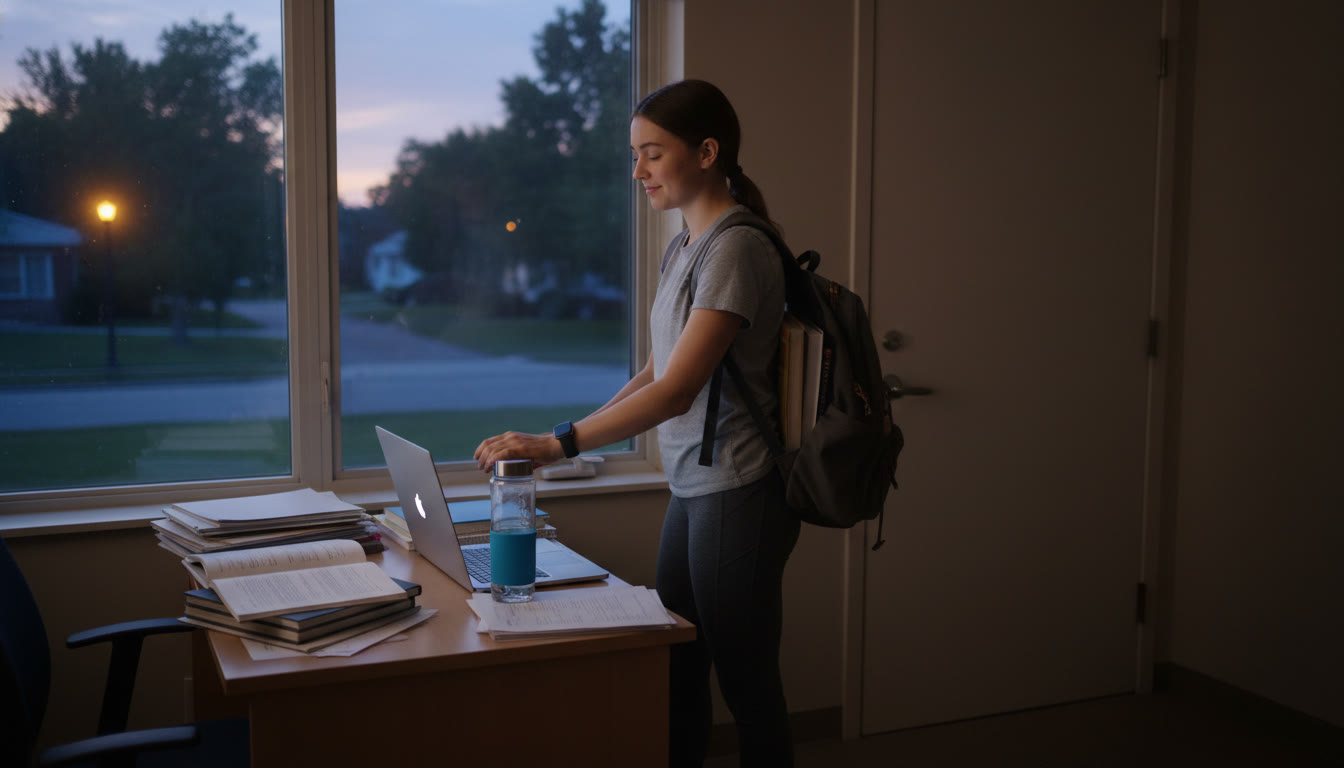
Final Thoughts: Movement Is Not a Distraction—It’s a Strategy
If AP prep has taught you anything, it’s that efficient, targeted practice beats mindless repetition. Movement—both deliberate exercise and the small NEAT choices you make throughout the day—is one of the smartest efficiency hacks available. It improves attention, speeds memory consolidation, reduces exam anxiety, and creates a physical rhythm that supports mental stamina.
Start small, keep it consistent, and tune your routine to what your body and schedule allow. If you want to go deeper, personalized coaching can bridge the gap between general advice and a plan that fits your biology, course load, and timeline. Tutors who build tailored study plans (and who can recommend precise timing for movement and practice) turn movement recommendations into measurable score improvements.
So the next time you sit down with an AP practice set, remember: stand up, stretch, pace for a minute, and study with intention. Your brain will thank you—and so will your score.

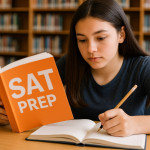
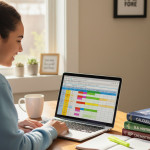



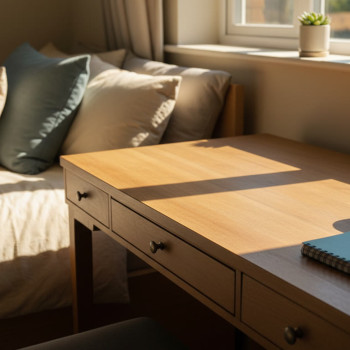


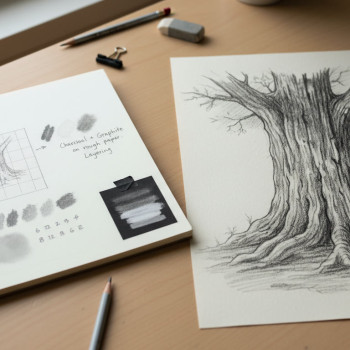










No Comments
Leave a comment Cancel